U.S. Company Blocks San Miguel From Selling Magnolia Ice-Cream
Magnolia is a Philippine ice-cream brand whose origins clearly go back to the 1920s. It has belonged to the San Miguel Corporation for most of its history since 1925.
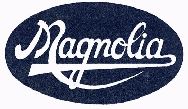
IP Philippines Registration No. 42004005904
San Miguel Corporation, Philippines
In the 1970s, a totally unaffiliated Filipino American family in California started marking their own ice-cream products with the “Magnolia” name in order to capitalize on the goodwill that the original Magnolia had developed among Filipinos from the old country. (This assertion was voiced by U.S. federal judge Richard Clifton himself during oral arguments in Case No. 13-55537.)
The Filipino American family Quesada, operating as the Ramar company, filed a trademark application in the early 1990s claiming the Magnolia mark for their exclusive use in the United States, based on their use of that name and logo for decades. The fact that San Miguel had been using the Magnolia name and logo for much longer in the Philippines and was the originator of that brand identity was irrelevant under U.S. law.
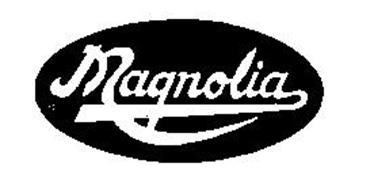
USA trademark serial number: 74297882
Ramar Foods, California, USA
To this day, many Filipino Americans assume that the Magnolia ice-cream they eat in the United States is related to the Magnolia in the Philippines. It is not.
The U.S. brand name and company logo are strikingly similar to the homeland’s original, but it is California’s Ramar Foods, and not the Philippines’ San Miguel, that’s profiting. Ramar’s rationale behind the appropriation is that San Miguel “did not have the vision to know they could sell to Filipinos here.” In effect, brand-name piracy is considered smart business sense in the United States. It may be unethical, but it’s legal.
In 2005, the Wall Street Journal focused on this particular brand-name piracy issue, in which companies in the United States appropriate trademarks from overseas. The article noted that the trend has been buoyed by U.S. immigrants who favor buying the traditional brands they cherished in their home countries. Not surprisingly, these consumers are quick to assume that a product in the U.S. with a name from home is the product they grew up with. In this case, it is not.
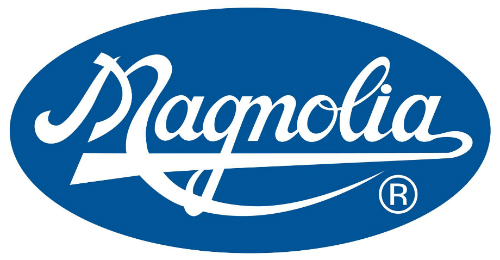
There have been many legal cases involving Ramar vs. Magnolia, including Ramar’s recent efforts to prevent San Miguel from selling Magnolia butter, margarine, and cheese in the United States. It is a classic example of using U.S. law to bully a non-USA company, and even the judges on the Ninth Circuit Court of Appeals in California appear to recognize it as such. The panel’s decision on the BMC issue is expected to be formally issued in mid-2015.
Outside the courts, in the arena of public opinion, Ramar has been actively supported and promoted by Filipino American food bloggers who have received funding from the company.
San Miguel’s victimization is keenly recognized by Philippine-born Filipinos who grew up eating the original Magnolia in the Philippines and who have regularly witnessed many facets of their heritage being appropriated by outside forces. They do not need to be paid money to recognize the inequity in the situation.
Watch from 5:12 where U.S. Federal Judge Richard Clifton points out the most salient issue in this case.
JUDGE: “How did your client come up with the Magnolia name and the trademark?”
LAWYER: “We adopted the Magnolia name in the early 1970s.”
JUDGE: “Where did it come from? They liked a certain kind of trees?”
LAWYER: “No, Your Honor. It came from the fact that there was a Magnolia product in the Philippines starting in the 1920s, and that product was not available for sale here, so my clients who were immigrants adopted the mark because they were selling ice-cream products that had flavors that reminded Filipinos of the flavors they could get at home.”
TRANSCRIPTION TO BE POSTED IN FULL. CURRENTLY ONLY EXCERPTS ON THIS PAGE.
LAWYER ASSERTS SAN MIGUEL’S USAGE OF THE MAGNOLIA BRAND IN THE USA IS INJURIOUS TO RAMAR
32:15
JUDGE: “Or it helps you… Because let’s face it. Your client is surfing on the goodwill established 40 years ago. Now it may have developed the brand past that, but it’s not like they think the Magnolia trademark used by somebody else is a drag on them. Because they picked it up from San Miguel’s usage in the first place.”
Ramar’s lawyer insinuates before the court that San Miguel will be selling “moldy cheese” under the Magnolia brand in the United States. Though repeatedly being reminded that speculation on product quality has no relevance to the legal points being debated, Ramar’s lawyer keeps sneaking in the innuendo that products made by San Miguel, a major Philippine company with a long history of consumer trust in Asia, are inferior.
San Miguel was founded in 1890 and is one of the Philippines’ most diversified conglomerates, with a workforce of over 15,000 generating close to three percent of the country’s gross national product. One of San Miguel’s better known brands is Magnolia, its dairy product subsidiary. From its start in 1925, Magnolia branded ice cream was one of the most recognizable and enduring brands in the Philippines and has often been called the oldest brand of ice cream that’s made in Asia.
Compare USA Ramar’s Magnolia to the Original Magnolia From the Philippines
Above is USA Ramar’s Magnolia Commercial
Above is the Original Magnolia from the Philippines
Notice how the logos are practically the same.
There has NEVER been a licensing or distribution agreement between the U.S. company Ramar, which started using the Magnolia trade dress in the 1970s, and the Philippine company San Miguel, which had developed the Magnolia brand for many decades earlier.
Sources and Further Reading:
San Miguel battles Magnolia trademark holder to sell in US (2012)
The San Miguel Group is battling a Filipino-American food manufacturer in California, which had beaten it in securing an identical Magnolia trademark in the United States.
Ramar Foods opposed the application of San Miguel Corporation to register the mark Magnolia for ice cream (1991, 1993)
Magnolia Ice Cream: Ramar Foods versus San Miguel Corporation (Storify)
In 2000, the Philippine Islands’ largest conglomerate, San Miguel Corp., lost a long legal fight to stop a California company, Ramar Foods, from selling Magnolia ice cream, a brand San Miguel owned. From its Oakland factory, Ramar produced flavors that were nearly identical to Magnolia’s — lychee, avocado, corn-cheese and ube — and used packaging and logos very similar to the Filipino company’s. However, there has never been a licensing agreement between Ramar and San Miguel. Ramar was able to get away with making profits off Magnolia’s trade name and trademark logo, because Ramar had filed an application for those in the United States and asserted that it had been using that name and logo for decades. The fact that San Miguel had been using the Magnolia name and logo for much longer in the Philippines and was the originator of that brand identity was irrelevant under U.S. law.
Don’t Sit and Wait: Stopping Trademark Squatters
TRANSCRIPTS: OPEN ARGUMENTS, NINTH CIRCUIT COURT, APRIL 2015
UPDATE: August 27, 2015
SAN MIGUEL PURE FOODS CO. V. RAMAR INT’L CORP.
Docket Number: 13-55537
The court reverses the injunction entered in favor of Ramar and affirms the balance of the judgment in favor of San Miguel.
(Butter, Margarine, and Cheese)
San Miguel is still prohibited by U.S. law from selling Magnolia branded ice-cream in the United States. The “Magnolia” ice cream that Filipino Americans purchase stateside, despite the logo, is NOT produced by or associated with San Miguel Philippines. It is #OMGpeke.
Short links to this post: http://j.mp/omgpeke and http://bit.ly/omgpeke
Buttons for sharing are below.
Petition on Change.org to have USPTO cancel Ramar Foods’ Magnolia Ice Cream Trademark Registration
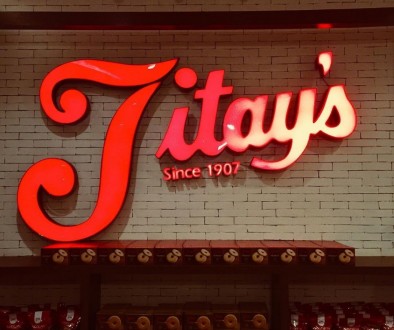
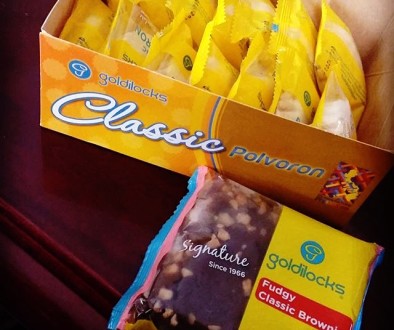

903.01 Date of First Use Anywhere According to USPTO.gov website: The date of first use anywhere is the date when the goods were first sold or transported or the services were first rendered under the mark, if such use is bona fide and in the ordinary course of trade. For every applicant, whether foreign or domestic, the date of first use of a mark is the date of the first use anywhere, in the United States or elsewhere, regardless of whether the nature of the use was local or national, intrastate or interstate, or of another type. In its trademark… Read more »
OMGPeke pala
So what Ramar did amounted to trademark trolling then? <!– https://www.strawberryforum.org